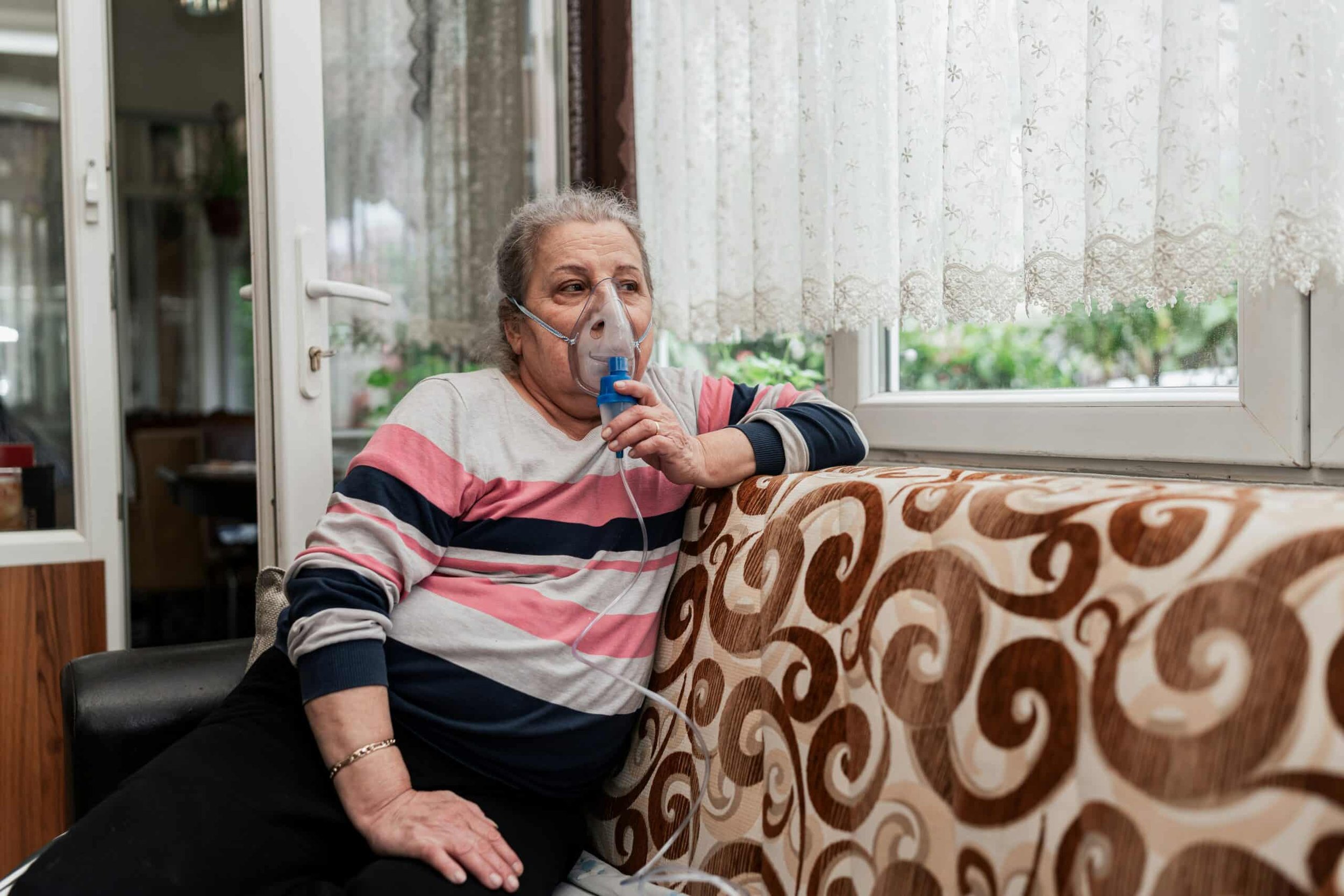Blog
Spotting the Early Signs of Lung Cancer: When To See Your Pulmonologist
Lung cancer is the second most common cancer in men and women, and early detection is key to improving survival rates. Learn about the early signs of lung cancer, why prompt diagnosis is critical, and how a specialized Lung Cancer Nodule Program can support patients through evaluation and treatment. Discover expert guidance from a trusted lung care team committed to helping you take action early.
World Asthma Day: Understanding and Managing Asthma for Better Breathing
World Asthma Day serves as a crucial reminder of the importance of early diagnosis, ongoing management, and the need for continued research and advocacy to improve outcomes for asthma sufferers everywhere. As your trusted lung care specialists, we want to equip you with the knowledge and tools you need to spot asthma symptoms identify triggers, and explore the most effective treatment options available to you and your loved ones, so that you can breathe better.
Understanding Sarcoidosis: Recognizing the Signs and Seeking Expert Lung Care
Sarcoidosis is a dangerous illness that spreads across the body and causes more than a few health complications. The trick to this is knowing whether or not you might have it. Read more to learn how to recognize the signs of sarcoidosis and decide whether you’re in a risk category.
How Spring Changes Affect Your Lung Health
Spring into action for your lung health this season by considering these key ways that spring can affect your lungs.
Love Your Lungs: Protecting Your Respiratory Health
As we grow older, diseases, habits such as smoking, and even the influence of our surrounding environment can compromise our lung health. When our lungs aren’t functioning at their best, even simple activities can feel exhausting. The good news is that by making mindful lifestyle choices, we can support and strengthen our lung health.
Introducing Our Lung Cancer Nodule Program
Every Wednesday, Dr. Mike provides hospital patients with specialized care for early detection and management of lung nodules. The program offers advanced imaging, expert evaluation, and personalized monitoring to identify potential issues before they become serious. Early detection through the program increases treatment options and improves outcomes.
Spotting the Signs of Bronchospasms
Having a bronchospasm can feel scary, especially if it’s your first time. It might feel like you can’t get enough air, and symptoms can come on suddenly. The good news is that bronchospasms are treatable and preventable, and knowing what causes your symptoms — and acting quickly when they get worse — can help keep you safe and healthy.
How Telehealth Can Help You Stay Connected to Your Doctor This Holiday Season
If you’re managing a chronic condition like lung disease, staying connected with your physician is crucial to make sure your condition remains stable — even if you can’t work an office visit into your schedule. Telehealth appointments can make a real difference during the holidays, offering a convenient way to stay in touch with your healthcare provider without needing to leave your house.
Preparing Your Lungs for Flu Season: Essential Tips from a Pulmonologist
While most people recover from the flu on their own with rest, hydration, and over-the-counter medications, people living with chronic lung conditions need to take extra precautions during flu season to protect their lungs and overall health.
Earlier Detection, Improved Outcomes: Ion Robotic Bronchoscopy Now Offered by the Lung Docs
Lung cancer is the leading cause of cancer deaths across the globe. A leading-edge procedure now available at the Lung Docs can help patients get earlier answers and live longer lives.
How to Choose a Pulmonologist
If you experience ongoing shortness of breath, persistent cough, chest pain, wheezing, or frequent lung infections — and these symptoms last for weeks or worsen — you might have an underlying lung condition that requires specialized evaluation and treatment from an expert pulmonologist like Dr. Michael Czarnecki of the Lung Docs.
What Is Cyanosis?
Do your skin, lips, or nails ever turn blue? Sometimes, cold temperatures can cause your blood vessels to narrow, leading to the change in color.
What Is Acute Respiratory Distress Syndrome?
Acute Respiratory Distress Syndrome (ARDS) is a severe, life-threatening condition that occurs when the lungs are severely injured, often by injury or infection.
Do I Have COPD?
Chronic Obstructive Pulmonary Disease — more commonly known as COPD — is a progressive lung condition encompassing emphysema, chronic bronchitis, and non-reversible asthma.
How to Protect Your Lungs from the Summer Heat
The heat of summer can impact your respiratory health in numerous ways. Summer heat increases the concentration of pollutants in the air. Inhaling these pollutants can cause you to experience coughing, wheezing, and shortness of breath.
How Does Scleroderma Affect Your Lungs?
Scleroderma is an autoimmune disease which often causes a thickening and tightening of the skin on the fingers and other parts of the body. This condition can also affect the kidneys, GI tract (particularly the esophagus), and lungs. It can progress quickly or slowly, and has no known cause.
What Is Aerosol Therapy and Is It Right for You?
Aerosol therapy is an effective treatment method for individuals dealing with various chronic respiratory conditions. This treatment involves the administration of medication in the form of a fine mist or aerosol, allowing it to be inhaled directly into the airway and lungs via the use of various inhalation devices.
Why Am I Wheezing?
Wheezing is a common respiratory symptom characterized by a high-pitched, coarse whistling sound when you breathe. While it can affect individuals of all ages, wheezing is often associated with underlying respiratory conditions.
The Spiration Valve System: A New Treatment for Those Suffering from Severe Emphysema
If you or someone you know is one of the 3.5 million Americans living with emphysema, a new, minimally invasive therapy could offer hope for improved lung function and quality of life.
Understanding Alpha 1 Disease
Each year, the Alpha-1 Foundation recognizes November as Alpha-1 Month in order to raise awareness about — and raise funds to support the fight for a cure for — Alpha-1 antitrypsin deficiency (Alpha-1).




















